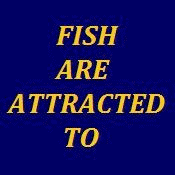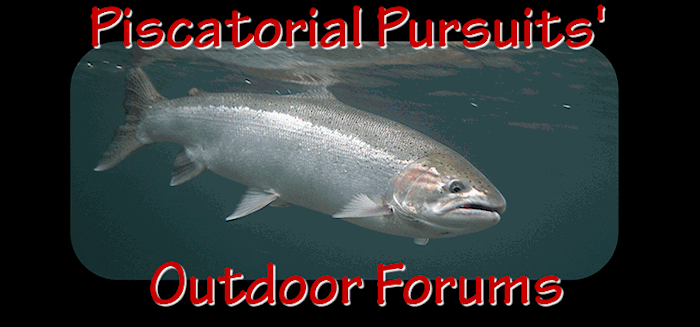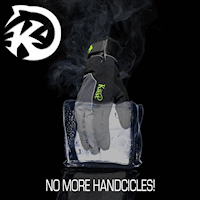Doc: Absolutely! I’ve copied your post and will bring it up at the next state board meeting. Will keep ‘ya in the information loop, and thanks again.
In addition to all that Lead Bouncer just said . . . . . . . . . .
Kaiser D: Unfortunately, “snag-n-drag” is not an accepted method of removing derelict fishing gear. In November, 2002, the legislature required WDFW to partner with nine agencies, including the U.S. Navy and OSHA, to developed a 36-page document entitled “DERELICT FISHING GEAR REMOVAL GUIDELINES.” It is downloadable as an Adobe PDF.
I’m no expert on those guidelines, but typically a dive company that uses surface-supplied air is hired. Diver entanglement is a large risk, and I understand that a stand-by diver is also required on the boat. To minimize further environmental damage, nets are painstakingly removed, little by little, from where they are attached, and then “air-bagged” to the surface.
Derelict CRAB POTS are another killer that sport fishermen can at least do a little about. If you lose a pot, PLEASE call the WDFW hotline, 877-933-9847, and report it. The reporting system is “no-fault;” it’s a lot better to know about lost gear even with no fault being attached than to not hear at all about the lost gear.
In 2004, a sonar side-scan survey was conducted in Port Gardner Bay, from Mukilteo to Everett to Tulalip Bay, plus Gedney Island. The survey identified about 850 targets as potential crab pots. Some of them have been removed, and they included both commercial and recreational pots. Some were still fishing, others were not.
The high cost of commercial diving tends to result in crab pot recovery efforts focused in small areas that have a lot of targets.
In addition to gillnets and crab pots, other types of derelict gear can kill fish, mammals, and birds plus damage the bottom environment in general: purse seine nets, mid-water and bottom trawl gear, longlines, etc.
So far, I’ve yet to hear of any fish wheels, pound nets, or beach seines that have been lost and are killing. Come to think of it, those three fish catchers can all be fished on a COMMERCIAL SELECTIVE HARVEST basis! Wow, wouldn’t that be something . . . .













 Previous Topic
Previous Topic Index
Index


